Category: Animal education
-
Why Do Flamingos Lose Their Pink? and Why They May Go Extinct
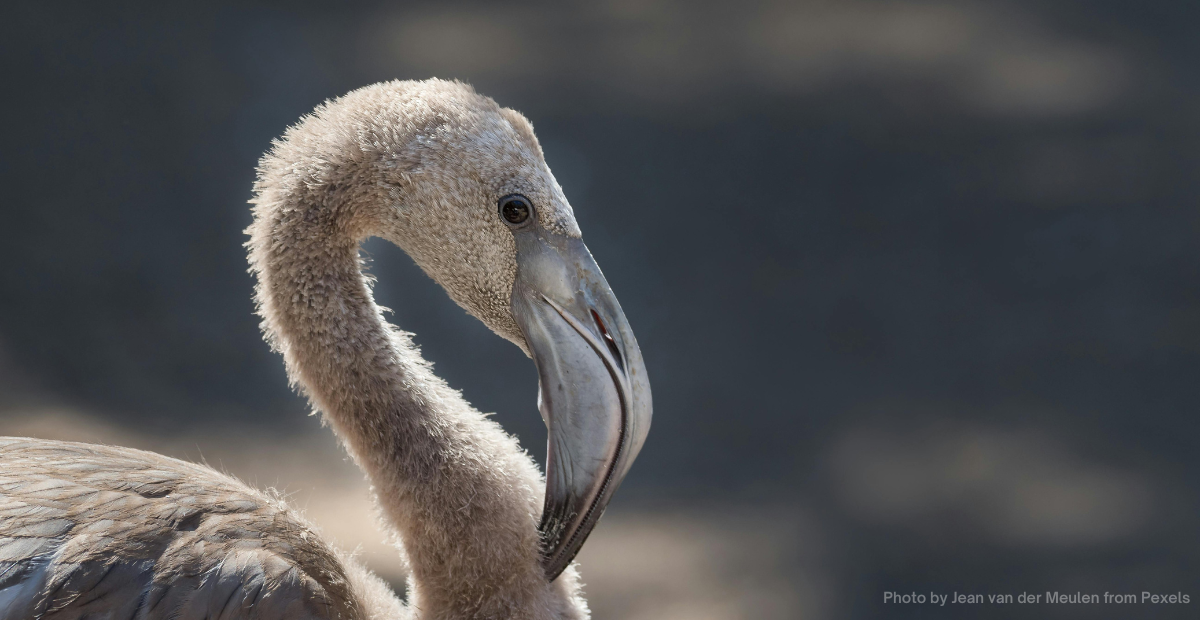
Whether you’ve wondered “Why do flamingos lose their pink?” or didn’t even know they could lose their pink, this post is for you! We will tell you five interesting facts about flamingos, and how, sadly, they may go extinct due to climate change. Why do flamingos lose their pink? – Quick Answer Flamingos are pink…
-
Red Wolves Lesson Plan for Third-Grade (FREE Template)
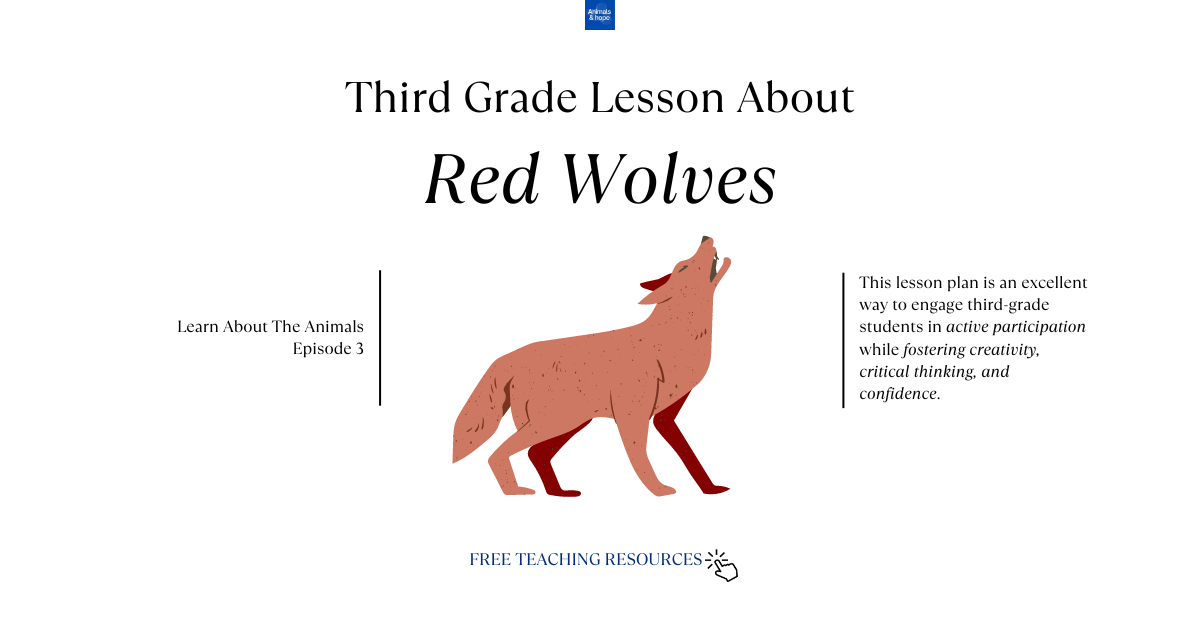
Welcome to our free Red Wolves Lesson Plan for third graders! Educators are always on the lookout for innovative ways to engage their students and enhance their learning experience. On the other hand, we are always looking for opportunities to spread knowledge about animal species. That’s why in our series Learn The Animals we share…
-
How Do Birds Mate? [with video]
![How Do Birds Mate? [with video]](https://animalsandhope.com/wp-content/uploads/2024/02/Blog-post-images-72-1.png)
While courtship rituals among birds can be elaborate and captivating, the actual act of mating is surprisingly swift and straightforward. Join us as we give you the answer to the fascinating question: How do birds mate? Birds mate through the cloacal opening To understand how birds mate, we must first dispel any preconceived notions based…
-
Zoo Animals: Educators or Victims? Exposing the Truth
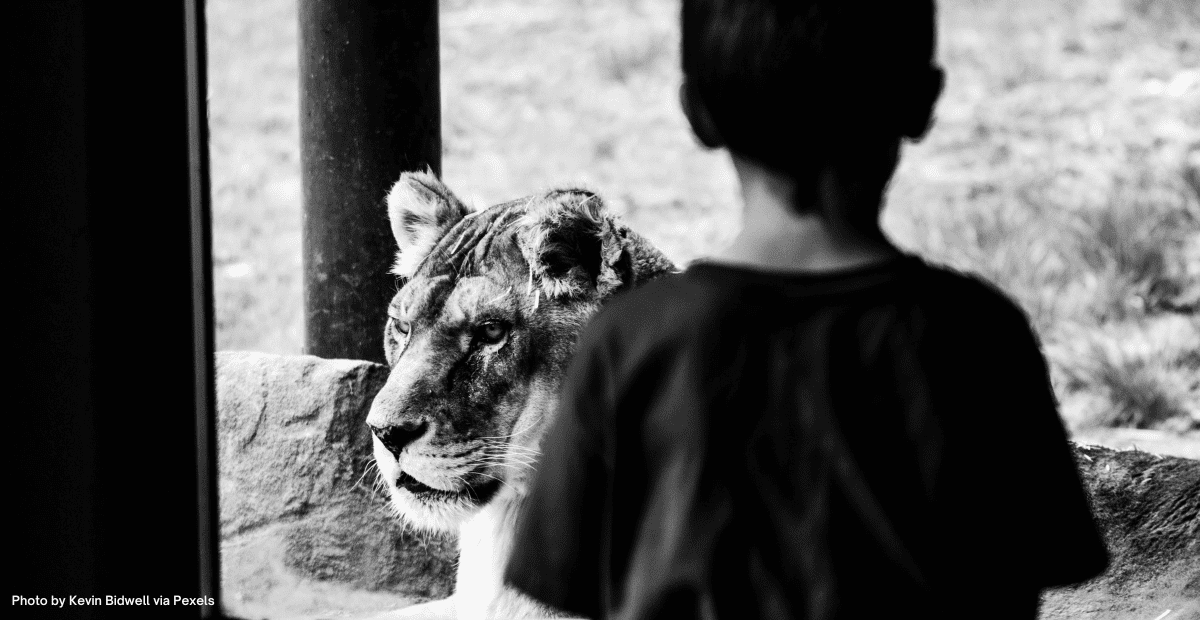
Zoo animals make going to the zoo sound like a great activity. It’s hard to connect and feel empathy for something that feels distant to you, or that you have never met, so going to the zoo seems like a great way to make people learn about wildlife, connect with it, and therefore feel moved…
-
Why are animals red? The Surprising Reason
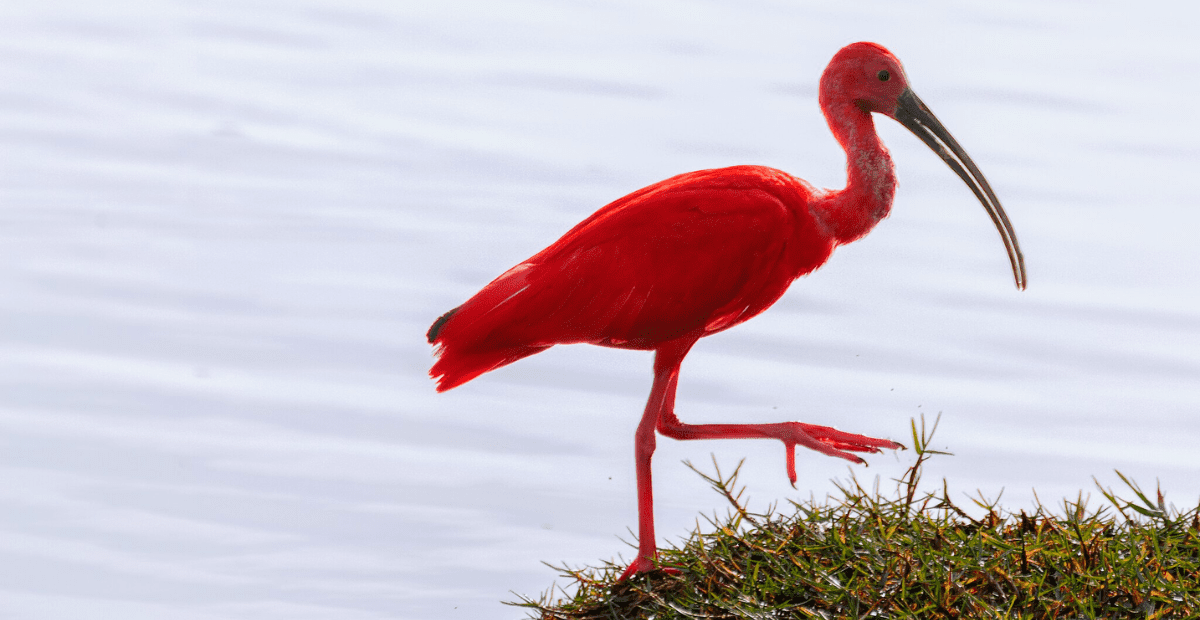
Yes, red animals can naturally be that color. Animals come in stunning colors, and red is one of the most eye-catching. But have you ever wondered why some animals are red? It turns out that it’s not all about pigments as one would naturally think, many other elements are at play. In this blog post,…
-
10 Jaw Dropping Red Animals You Need to See
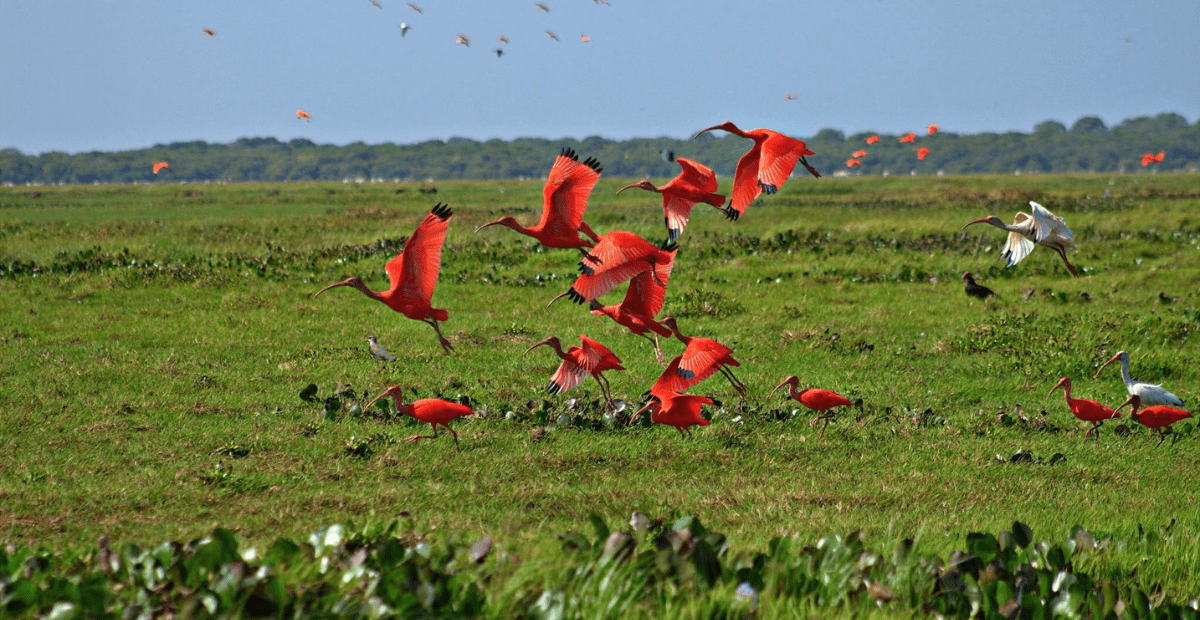
Red animals can be one of the most fascinating species to see. It is truly hard to fathom how red can animals be, and through the magic of wildlife photography, we can find out about amazingly beautiful species from the comfort of our homes. In this blog post, we show you how some of the…
-
Why are Baby Alpacas Hanging On by a Thread?
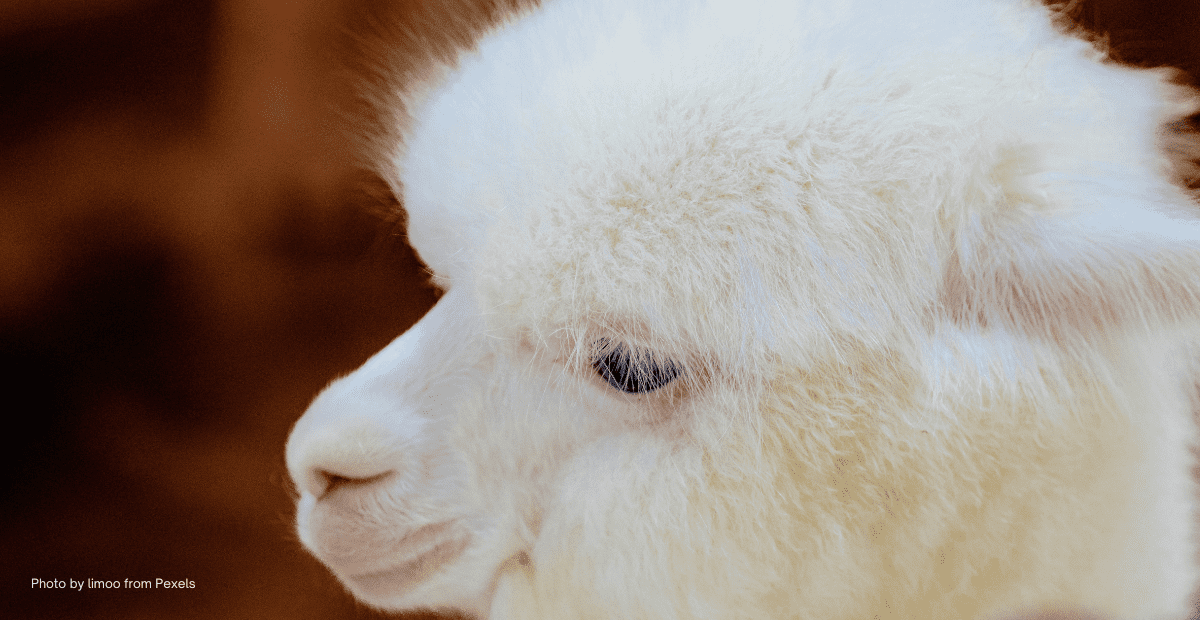
You can find baby alpacas roaming freely in the Andes Mountains. Their woolly coats are a testament to their resilience in harsh environments. For centuries, they have been integral to the livelihoods of Andean communities, providing valuable fiber and sustenance. Yet, alpaca farmers grapple with a persistent challenge: ensuring the survival of the baby alpaca.…
-
A Study of Solitude in Mammals: Do All Animals Need a Pack?

Have you ever thought that there could be solitude in mammals beyond humans? Mammals exhibit diverse social systems, ranging from solitary and pair-living species to extended families and cooperative breeding. While the evolution of group living has been extensively studied, solitary living has often been overlooked. Traditionally considered the default stage in mammalian social evolution,…
-
Can fish drown? well, yes and no

You finally landed in the place to answer the question: can fish drown? The idea of fish drowning may seem counterintuitive, given that they live and breathe underwater. However, the intricate world of marine creatures holds surprising answers to this seemingly straightforward question. In this blog post, we will delve into the factors that influence…
-
The Pixie Frog: A guide on the 2nd largest frog in the world
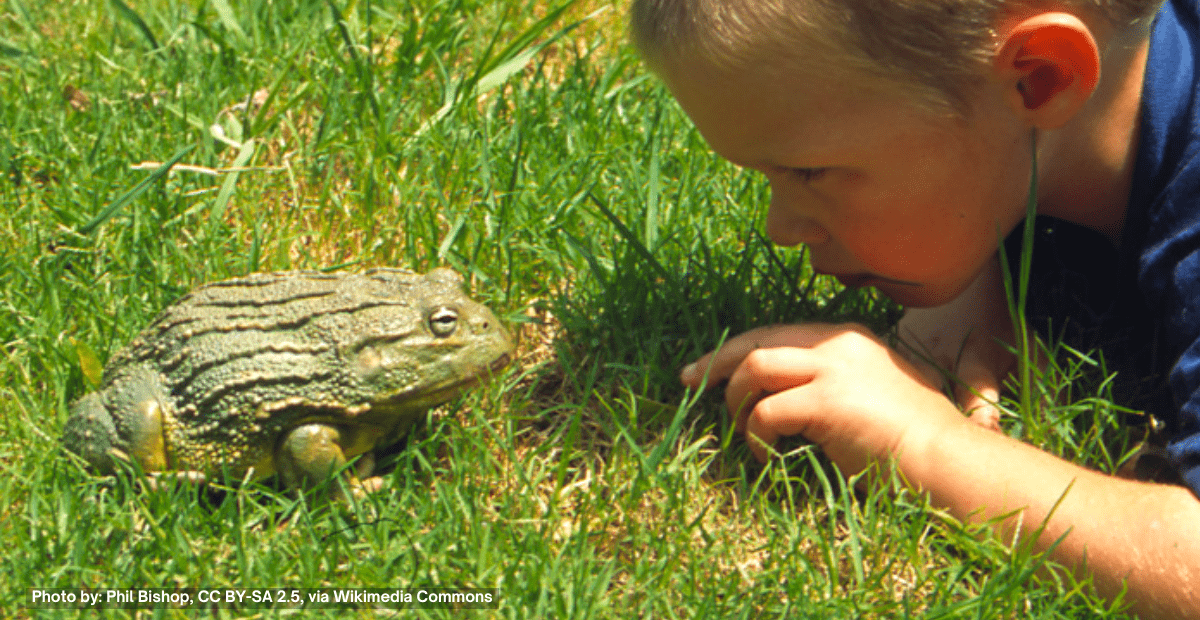
The Pixie frog or African bullfrog, scientifically known as Pyxicephalus adspersus, holds the moniker of the Giant bullfrog or the South African burrowing frog. This fascinating species belongs to the family Pyxicephalidae and is renowned for its colossal size, making it the second-largest frog globally and the largest amphibian in sub-Saharan Africa. This blog post…
